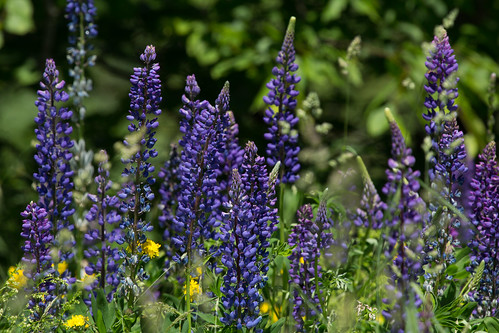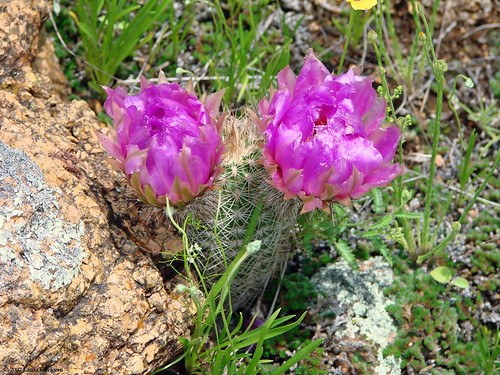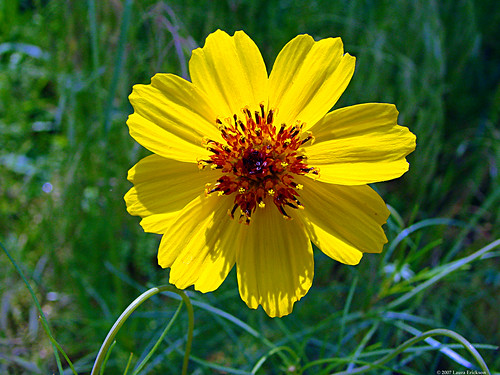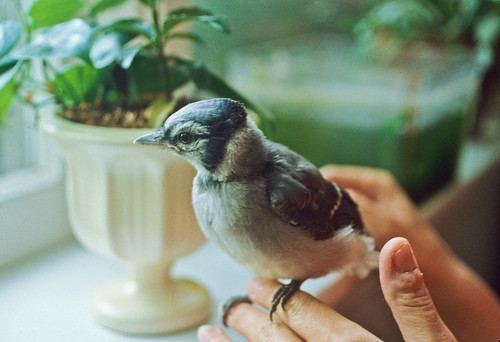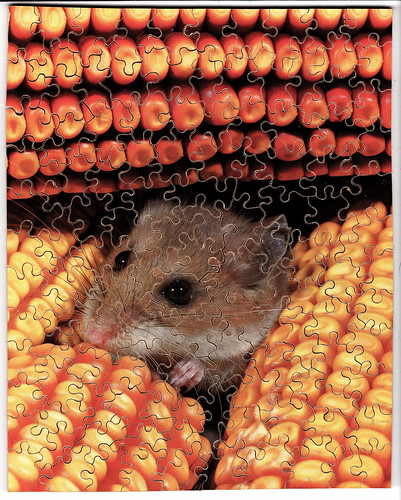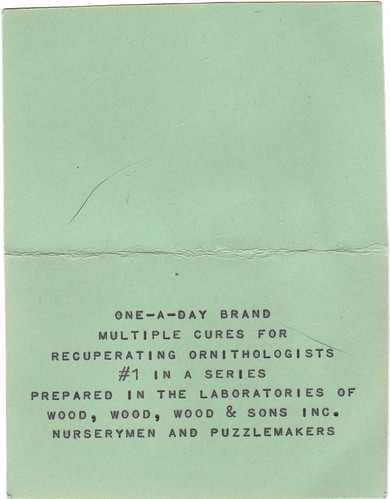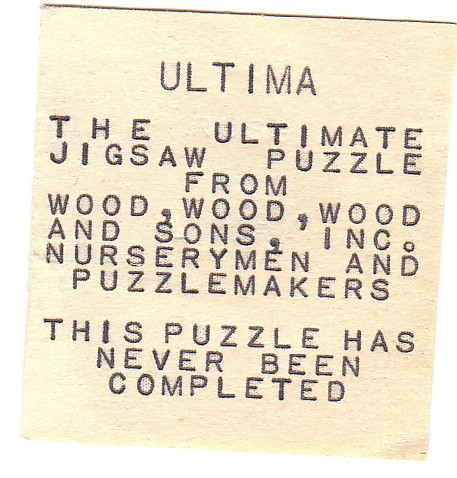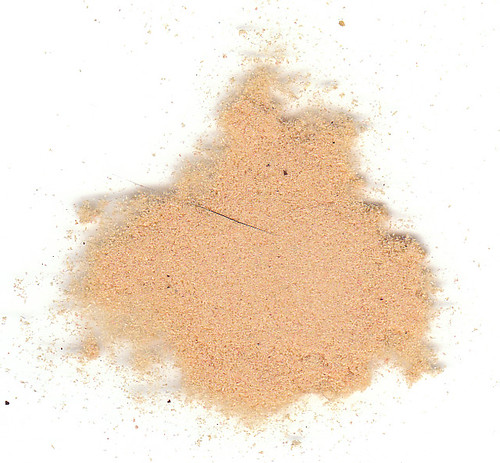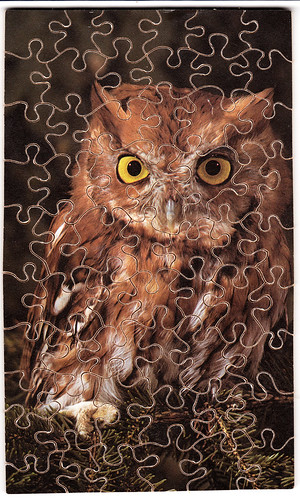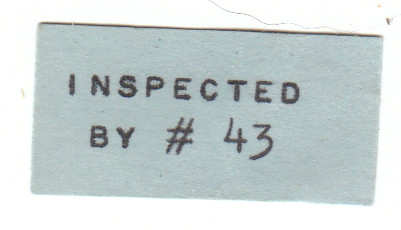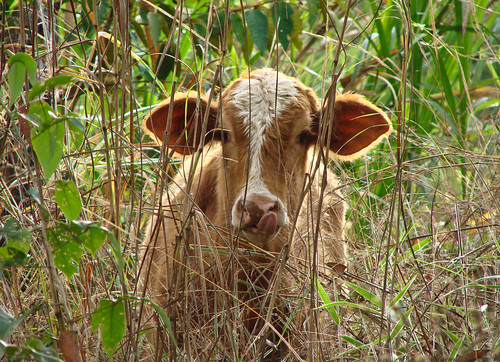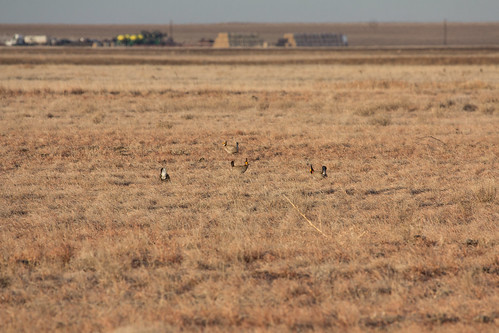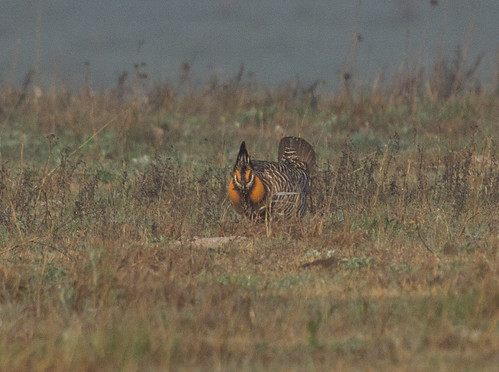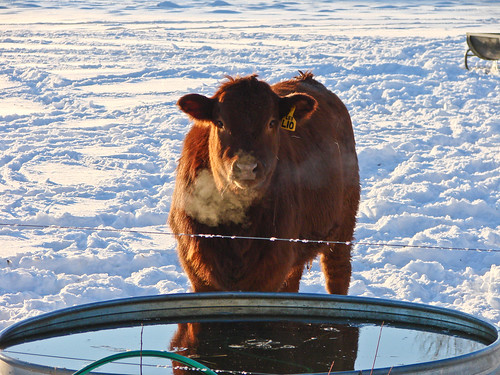When Russ and I moved to Madison, Wisconsin, in 1976, I’d been birding just over a year, and had a lifelist of 214. I’d taken two college ornithology classes and spent virtually every free moment birding, but I was timid and shy. I was first in my high school class, graduated from college with highest honors in elementary education, and finished the coursework on a master’s degree in environmental education, yet was terrified to even apply for a teaching job, so I spent my first year in Madison working as a bank teller.
I went on Madison Audubon field trips from the start, but I was too shy to talk much. Fortunately, most of the field trips were led by a young man named Ken Wood. He was even shyer than I, but he was an excellent birder and naturalist with expertise in plants, especially prairie plants. Ken could overcome his own shyness to do what needed to be done—he’d even served in the Peace Corps in Africa for three years—and he took me under his wing. Little by little, he’d ask me to explain this or that about a bird we were seeing, gently easing me into sharing my expertise with field trip participants. Soon he was asking me to cover for him when he’d not be available to lead a scheduled field trip. By the next year, I had a teaching job, and Ken was encouraging me to teach beginning birding classes for Madison Audubon.
When the city editor of Madison’s morning newspaper, the Wisconsin State Journal, heard about my birding class and asked me to write an article about warblers for them, I agreed to do it, but then became paralyzed with second thoughts and fears. Ken told me to pretend I was writing it for my students, hooking their interest with exciting, accurate information. The article was a big success—it even won the paper an award—and the editor asked me to start writing regular bird stories for them. This was thrilling for me, and no one was steadier in his encouragement than Ken. The first magazine article I ever wrote, a cover story about birding for Wisconsin Trails in the 80s, was based on an assignment from an editor who approached me because she remembered those articles in the newspaper. It is not an exaggeration to say that my entire career as a writer and speaker would never have come about if not for Ken.
When I’m birding, I’m a very poky walker. Last month when I took a 12-mile hike in Big Bend, a lot of people commented about what great shape I must be in, but really, you just need some endurance and motivation, not any kind of muscular definition, to hike 12 miles in 10 ½ hours. I’ve loved going on family outings to wonderful natural places—we all remember these trips with a great deal of fondness—but even when our children were little, it always shook out that Russ and the kids ended up way, way ahead of me, sometimes even lapping me on loop trails. It’s not just my family—virtually everyone, including other birders, walks much faster than I do, too. But Ken and I always moseyed along at the exact same pace.
I was as scared about driving as I was about most things, but Ken took me birding almost every week while we were in Madison. It was through his eyes that I discovered the importance and magic of prairies. In 1979, he and I came upon the baby Blue Jay that became the first bird I ever rehabbed successfully—again, my becoming a wildlife rehabilitator was made possible in the first place by him.
An avid birder who was still in high school, Tom de Boor, was too young to drive. Ken and I always made sure Tom knew about field trips and that he had a ride–it was such a pleasure for both of us, because Tom was so bright and fun, and as good a birder as we. Tom recalls one thing I’d forgotten: Ken’s “ability to whistle at extremely high pitches, probably the only birder I’ve ever met who could do a convincing Blackburnian Warbler. ” Ken really was an amazing whistler. His Black-capped Chickadee was spot on–he captured that sweet tonality perfectly. As Tom said, “Somehow it seems appropriate that someone so unfailingly sweet and gentle should have been given that unique ability.”
Most of the friendships we make in life require some maintenance—it’s a rare friend that we can meet after years or even decades and pick up right where we left off. After Russ and I left Madison, I saw or heard from Ken only a handful of times. But when we reconnected in June in the aftermath of his surgery for a Stage-IV brain tumor, we were instantly back in tune. He was thrilled to hear tales and see photos from my Conservation Big Year, so I drove through Madison coming and going from every trip. I spent several hours with him on August 10, knowing it would be for the last time; he passed away on August 16.
My life in conservation and as a birder is so fundamentally intertwined with my friendship with him that I’m dedicating my Conservation Big Year to Ken Wood, the most treasured birding buddy and one of the very best friends of my life.
One of Ken’s hobbies was making jigsaw puzzles. He’d cut a very thin slice of basswood, affix a picture from a magazine, calendar, etc., and cut it with a jigsaw. This one was tailor-made for Russ and me—a big E for Erickson made with a National Wildlife holiday card-sized calendar showing the state birds of the 13 colonies plus the Bald Eagle. Ken virtually never gave any hints about what a puzzle would look like. This one had EIGHT corner pieces, so we were mystified! This puzzle’s more than 35 years old now. Two pages of the original calendar have faded less than the others, even though the puzzle was stored in a dark cupboard most of this time.
Ken knew I love rodents. This is my personal favorite.
When I needed surgery in 1979, he brought me a puzzle every day I was in the hospital. This is the explanatory card he included with the first one.
On April 1, 1980, I found right outside our apartment door a tiny tea tin labeled with this:
Inside?
You can see the entire collection of 10 puzzles (or 11, depending on whether you choose to count “Ultima) on my Ken Wood Handmade Jigsaw Puzzle Collection flickr set.
